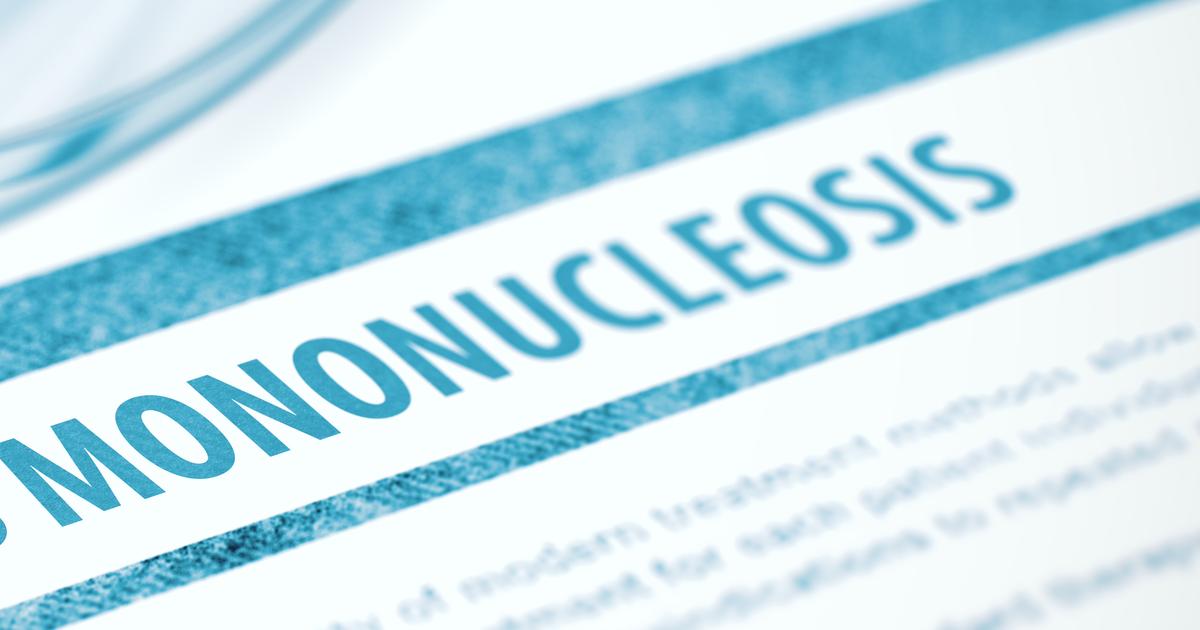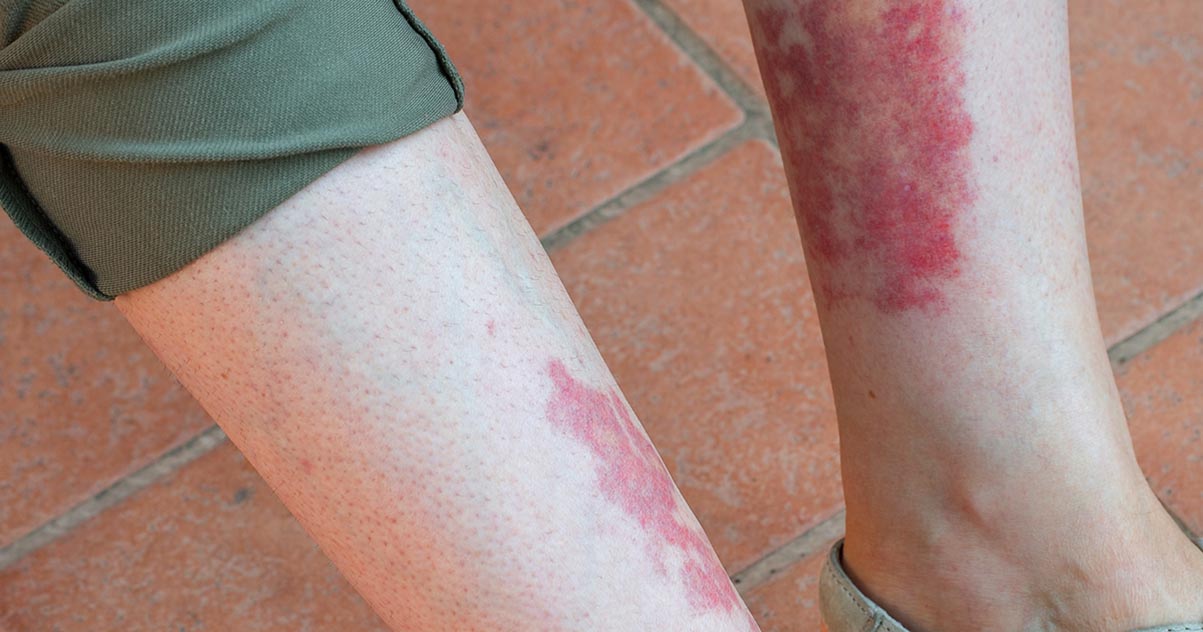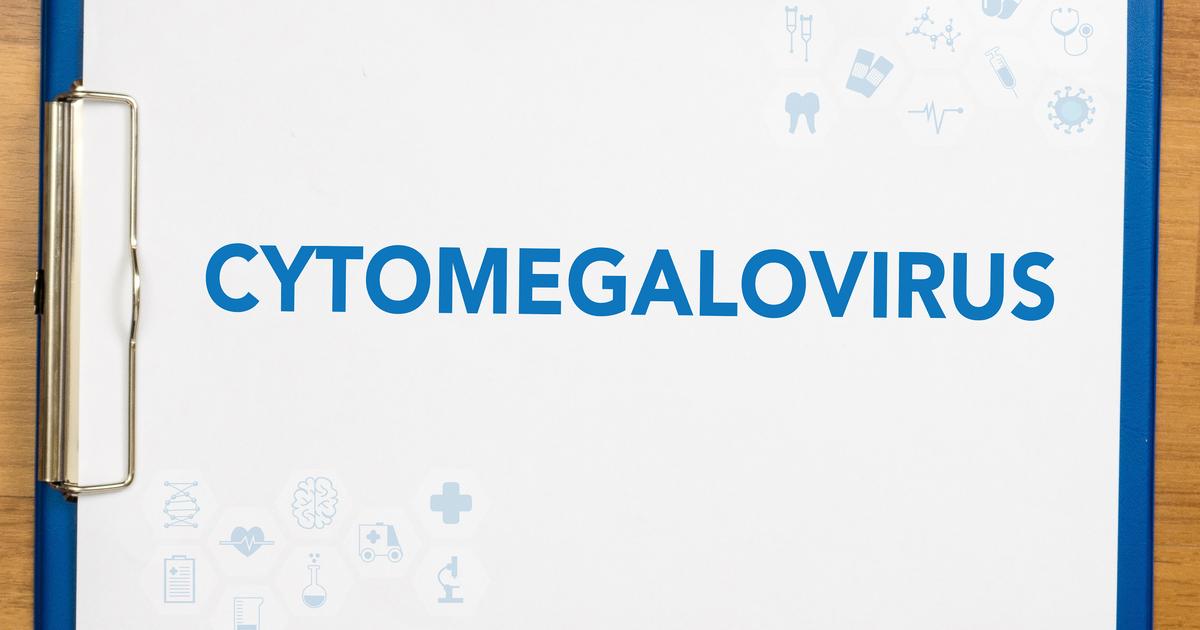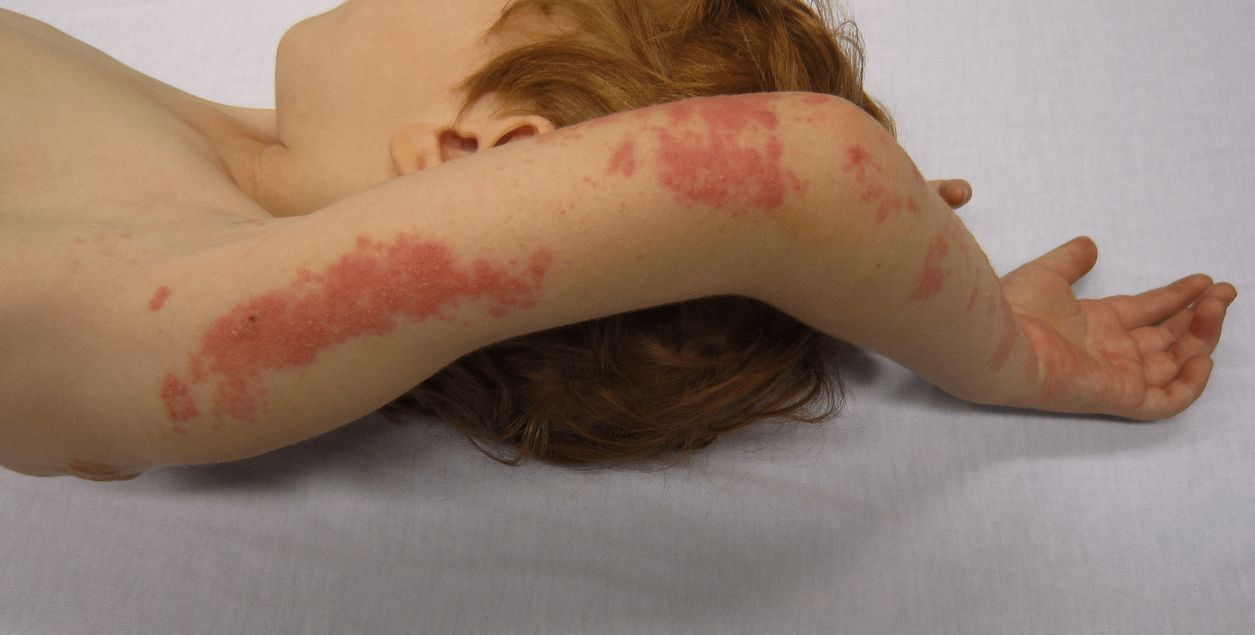What Causes Petechiae?
Petechiae are flat spots that may appear as a result of bleeding underneath the skin. The spots are typically reddish when they first appear, and they might become purple, blue, or brown with time. Patients may notice single spots in the initial stages, and these may develop into clusters of petechiae in the later stages. When pressure is applied to petechiae, they will stay the same color. Most petechiae are not painful and do not itch.
Doctors can diagnose petechiae with a visual examination, and they will need to perform a physical examination of the patient to establish the underlying cause for the petechiae. Patients should monitor any petechiae for changes in size or color, and they should see a doctor if they develop a fever, confusion, breathing difficulties, a rapid pulse, or changes in heart rhythm. Depending on the cause, petechiae may be treated with antibiotics, corticosteroids, or immunosuppressants.
Injuries And Straining

Injuries and straining could both lead to the formation of petechiae. For example, patients might notice petechiae as a result of sunburn, and these spots could also form on areas of the skin frequently exposed to friction. Students and workers who carry heavy backpacks, purses, or other bags on an almost daily basis may develop petechiae on the shoulders or other areas that backpack and bag straps might rub.
Injuries from blunt force trauma, including car accidents, hitting, or biting, may also produce petechiae. Straining from childbirth is a common cause of petechiae for women, and individuals who strain regularly while lifting weights could have petechiae too. Crying, prolonged coughing, and repeated vomiting may result in petechiae as well. In cases of straining, petechiae typically form on the neck, face, and chest, and they tend to be very small in size.
Strep Throat

Strep throat is a type of bacterial infection that can cause red and white patches at the back of the throat. Patients may also develop a rash, and they could develop petechiae on the soft or hard palate. Individuals who have strep throat often experience significant throat pain that appears very suddenly, and swallowing is generally painful too. Swollen lymph nodes may be present in the neck, and headaches, fever, and body aches are common.
In young children with this infection, nausea or vomiting are particularly likely. To diagnose strep throat, the doctor will look at the patient's throat to check for swollen areas and petechiae, and patients will also need to have a throat swab performed. If strep throat is diagnosed, patients are normally treated with oral antibiotics, and they should stay home from work or school for at least twenty-four hours after starting antibiotics to avoid passing the infection to others.
Mononucleosis

Mononucleosis is a condition triggered by the Epstein-Barr virus. Also known as glandular fever, patients with this illness might initially be misdiagnosed with strep throat, as both conditions have many of the same symptoms. Some of the most common mononucleosis symptoms include fatigue, fever, swollen lymph nodes, swollen tonsils, a skin rash, and a sore throat. Some patients with mononucleosis may also have a swollen spleen. For many patients, the fatigue caused by this condition is severe enough that it is necessary to take several weeks off of work or school. To diagnose this condition, doctors will check the patient's spleen, lymph nodes, and throat, and they will need to perform blood tests to confirm the diagnosis.
Since antibiotics are not effective against viruses, recommended treatments for mononucleosis generally consist of getting sufficient rest, staying hydrated, and taking over-the-counter pain relievers for any fevers or sore throats. Antibiotics will be given to patients with this condition who have a secondary infection such as strep throat, sinus infections, or tonsil infections. Patients may need two or three months to make a complete recovery from mononucleosis. During this time, physicians routinely advise patients to avoid heavy lifting and playing contact sports; these precautions are necessary to prevent a potential rupture of the spleen.
Vasculitis

Vasculitis occurs when there is blood vessel inflammation. Blood vessels may become thicker or narrower than they should be, and they might also weaken. There are several forms of this condition, and each patient's symptoms may be different. Symptoms associated with most forms of vasculitis include weight loss, fever, headaches, generalized aches and pains, fatigue, and night sweats. Some patients may experience numbness or other nerve issues.
A rash known as Henoch-Schonlein purpura could form over the legs too. To determine the underlying cause for vasculitis, the physician will perform urine and blood tests, and patients might need to have CT scans, angiography, or biopsies. Corticosteroids are often prescribed to reduce inflammation, and some patients might also take methotrexate, mycophenolate, or azathioprine. If vasculitis causes blocked arteries or aneurysms, surgery may be needed.
Endocarditis

Endocarditis is a condition in which the inner lining of the heart, medically known as the endocardium, becomes inflamed. The condition is typically caused by bacteria, and it can also be triggered by an infection. The symptoms of endocarditis often develop gradually, and some cases may go undiagnosed. Common symptoms include fever, heart murmurs, joint pain, nausea, and a sensation of fullness in the upper left abdomen. Swelling of the abdomen, feet, or lower legs may occur, and some individuals experience a cough, shortness of breath, or blood in the urine.
The petechiae that occur with endocarditis normally form on the whites of the eyes, the roof of the mouth, or the insides of the cheeks, and they might also be noticed on the chest. Patients could also have painful red spots located just underneath the skin of their fingers or toes. To diagnose endocarditis, doctors will listen to the patient's heart, and blood tests, echocardiograms, chest x-rays, and electrocardiograms may be performed. Treatment for endocarditis generally consists of both intravenous and oral antibiotics, and patients with the infective form may need surgery.
Cytomegalovirus

Despite the intimidating name, cytomegalovirus is a commonly occurring virus capable of infecting nearly anybody. This virus remains in an individual's body for their entire life after infecting them. The majority of individuals are unaware they have cytomegalovirus since it's rare for the condition to cause issues in healthy individuals. However, those who are immunocompromised or pregnant do have reason to be concerned about cytomegalovirus. Developing a cytomegalovirus infection during pregnancy can cause complications if the virus is passed on to the baby.
If an individual's immune system is compromised, especially after an organ transplant, a cytomegalovirus infection might be fatal. The virus is spread through bodily fluids and has no cure. However, some medications can treat immunocompromised patients and newborns with the virus. Babies with cytomegalovirus might have petechiae, along with a host of more concerning symptoms, including an enlarged spleen and liver, impaired liver function, an abnormally small head, pneumonia, or seizures.
Reaction To Medication

Petechiae can sometimes develop as a reaction to a medication. The condition will typically resolve or at least stop spreading if individuals stop taking the medication. Antibiotics like penicillin and nitrofurantoin can cause petechiae, but it's important to finish the entire regimen, unless a doctor recommends otherwise. Failing to finish a course of antibiotics can make a bacterial infection return with an immunity to medication.
The antidepressant desipramine and anticonvulsant carbamazepine have both been known to cause petechiae. Certain blood thinners like heparin and warfarin can cause the condition, as can the heart rhythm regulator atropine. Naproxen and indomethacin can also lead to petechiae, as can the sedative chloral hydrate. Even if individuals think one of these medications is causing their symptoms, they should still call their doctor to make sure there's not a more serious underlying cause.
Vitamin K Deficiency

A vitamin K deficiency is rare in the majority of individuals because vitamin K is plentiful across a wide range of foods. Vitamin K1 is found in plants, particularly kale, spinach, and other leafy greens. Vitamin K2 is created by the body inside the intestinal tract. This vitamin is necessary for blood clotting, which helps prevent excessive internal and external bleeding. If individuals have a vitamin K deficiency, their body might not be able to clot as well, which can lead to blood vessel damage that presents as petechiae and abnormal bruising. Without vitamin K, the body is incapable of creating the proteins that clot the blood.
Bleeding too much is the main symptom of vitamin K deficiency. In addition to bruising and petechiae, patients might find they experience nosebleeds, bleeding gums when brushing their teeth, and minor abrasions that bleed for much longer than they usually would. There's also some evidence indicating vitamin K has an effect on bone health, but scientists haven't yet drawn a conclusive link. When vitamin K deficiencies do occur, it's usually due to a medical condition that prevents the body from creating enough vitamin K2. Certain medications can also keep the body from creating or absorbing vitamin K the way it's supposed to.
Meningococcemia

Meningococcemia first occurs in the respiratory tract and causes a host of unpleasant symptoms like nausea, fever, muscle pain, headache, as well as petechiae. The infection comes from the same bacteria responsible for meningitis. Meningitis occurs when the bacteria infect the protective coverings of the spinal cord and brain. Meningococcemia, on the other hand, occurs when the bacteria infect the blood without infecting the nervous system. Some individuals develop both infections simultaneously, with the bacteria first entering the blood and then passing into the nervous system.
The bacteria commonly exist in the upper respiratory tract without causing illness symptoms. But if they do cause an infection, it's a medical emergency that must be treated immediately. Research indicates ten percent of individuals might carry the bacteria without an infection. If an infection develops, it's typically spread through sneezing and coughing. The most vulnerable individuals are children younger than four years old, who make up about half of all cases worldwide.
Scarlet Fever

Scarlet fever can occur as a secondary illness in individuals with strep throat. The condition creates a vivid red rash that covers the majority of the body. This isn't necessarily petechiae, but it can look extremely similar and be easily mistaken for it. Nearly every case of scarlet fever includes the rash, a sore throat, and a concerningly high fever. Children between five and fifteen years old are most susceptible to the condition. In the past, scarlet fever was a serious enough illness to be deadly or permanently disabling.
Modern antibiotic regimens have greatly reduced the seriousness. But failing to treat scarlet fever can cause the body to develop issues that damage the kidneys, heart, and other organs. If individuals have a rash that looks like petechiae alongside strep throat symptoms and a high fever, they need to be seen by a doctor immediately. The longer patients go without treatment, the higher their risk of developing serious complications. The patient's tongue might also be bright red and look bumpy, like the texture of a strawberry.